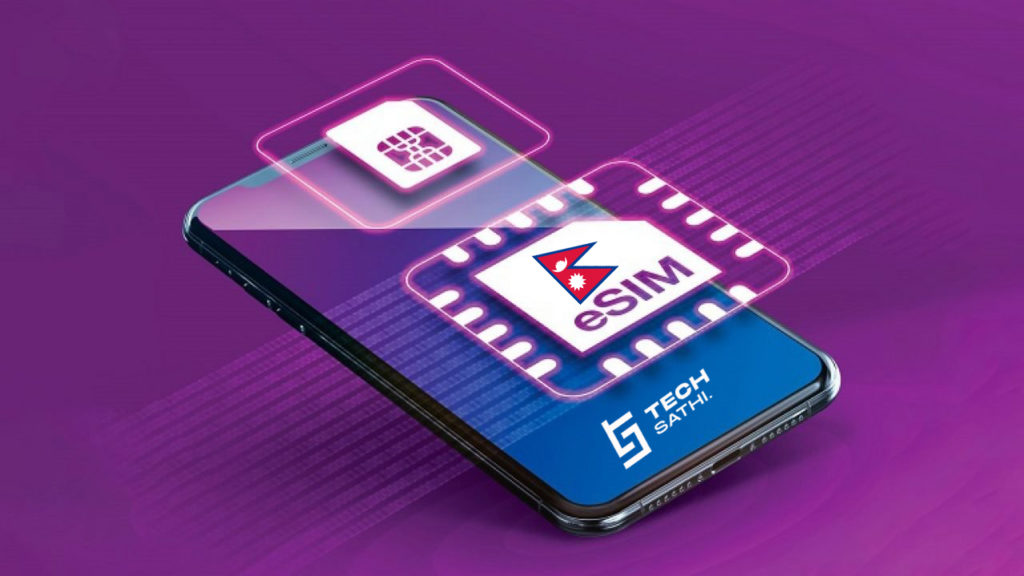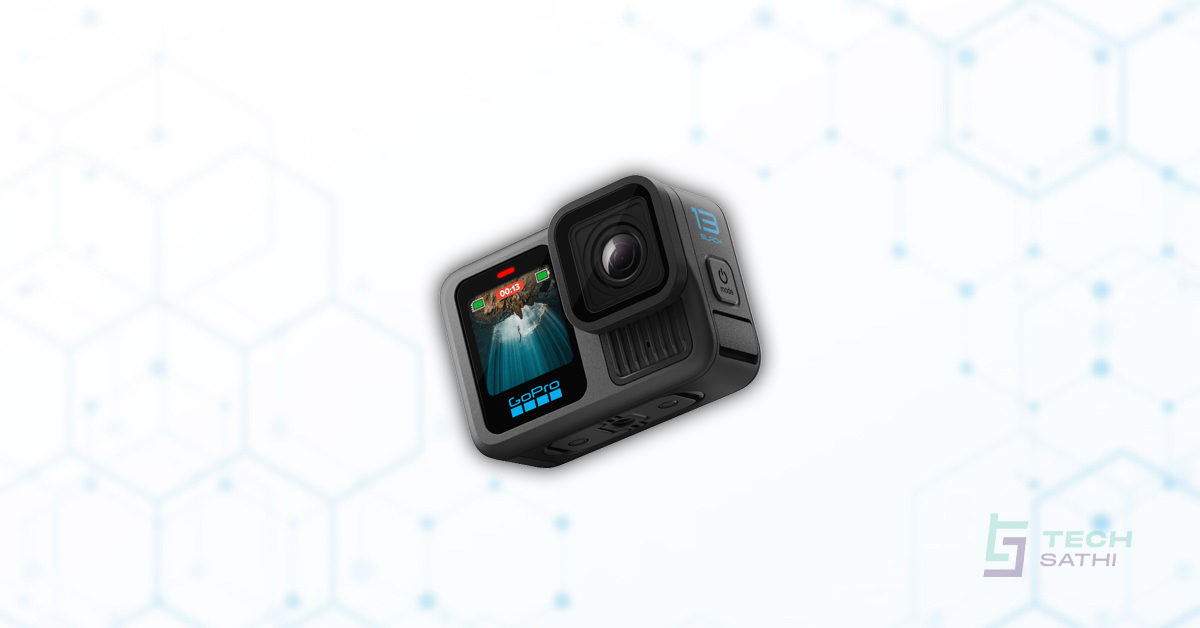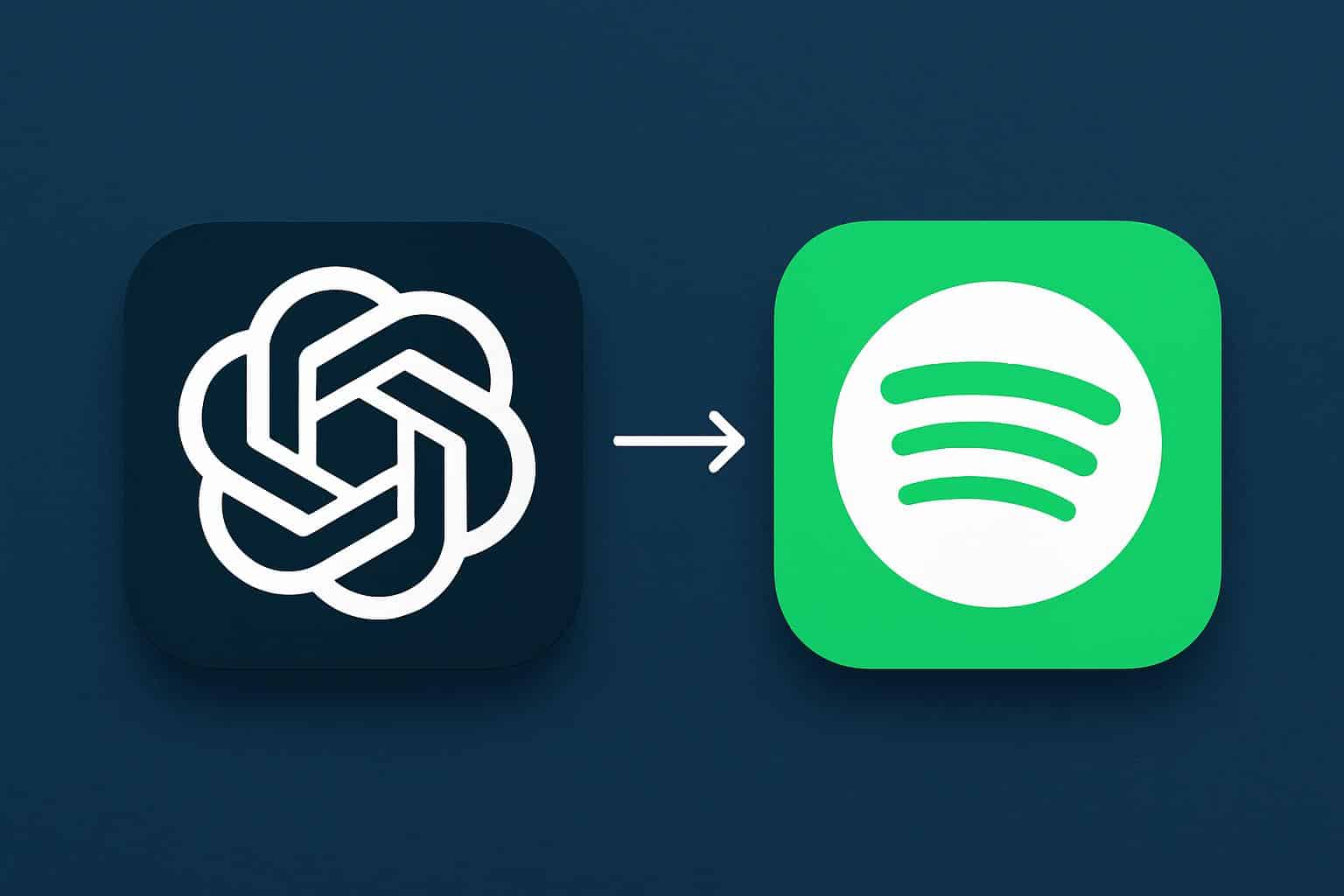With the increasing digitization in every sector there seems to be chaos and popularity of eSIM alot these days. There have been many rumors that the upcoming iphone 14 series will also feature e-SIM. Similarly, Telecommunication Companies from Nepal have also been studying the feasibility of e-SIM adaptation. Have you or have you not heard about it? If yes then that’s great and if not this article will help you understand e-SIM a little better.
What is e-SIM?
Simply, an embedded SIM. It is a SIM card that is incorporated in a mobile device and may be used to connect to any eSIM-enabled provider. eSIM cards, as the name implies, are permanently embedded into a device. They are substantially smaller than regular nano-SIM cards, allowing IoT devices to have more powerful capabilities and allowing wearables to employ SIM technology, such as smartwatches.
How does e-SIM function?
The eSIM functions similarly to a standard SIM card, however it does not require a physical SIM card to use. It comes pre-installed in the device and may be activated by adding a “eSIM profile” to it. It’s the next step in the evolution of the physical SIM card. An eSIM card is becoming increasingly common in smartphones, tablets, and computers.
Moreover, You may quickly install an eSIM profile (supplied by operators/carriers) on an eSIM-compatible device to be able to buy an eSIM data plan when you need it, on the go.
Devices Compatible for e-SIM
As of now, the following Apple devices are compatible for e-SIM:
- iPad Pro
- Apple Watch Series 3, Watch Series 4, Series 5
- iPhone XS and XS Max and iPhone XR
- iPhone 11, 12 & 13 series
Although Google’s Pixel 2 enabled eSIM, it was initially only used in the United States for Google Fi. The Pixel 3, Pixel 3 XL, Pixel 4, Pixel 4 XL, and Pixel 4, Pixel 4 XL all perform admirably, as does the Pixel 4a. eSIM is also available on the Galaxy S20, S20+, and S20 Ultra.
Oppo has revealed the world’s first 5G standalone (SA) capable eSIM, which will be included in the company’s latest flagship phone, the Find X3 Pro. This basically means that eSIM is preparing to support the most recent 5G networking specifications.
iPhone 14 and 15 rumors regarding e-SIM
The iPhone 15 Pro was rumored to be the first iPhone to drop support for physical SIM cards. However, MacRumors now claims that Apple could ship eSIM-only iPhones as early as September 2022.
Also Read: iPhone 14 Series to Ditch Physical SIM Card Slot
Evolution of SIM Card from 1996 till the date

The European Telecommunications Standards Institute specified the first SIM cards, which were produced by Giesecke & Devrient. On March 27, 1991, the first 300 SIM cards were supplied to Radiolinja. Which is a Finnish wireless network operator whose network housed the world’s first GSM phone call.
The earliest SIM cards appeared to be very similar to today’s SIM chip-enabled credit cards. They saved SMS messages and phone book contacts and had storage capacities ranging from 32 KB to 128 KB. The first devices could only hold up to five messages and 20 contacts.
In 1996, full-sized or 1FF SIM cards were replaced by mini-SIM cards, which were the size of a credit card. Anyone who had a cell phone in the late 1990s or the following decade will recognize the mini-SIM.
The GSM Association (GSMA), which sets standards for SIM card design and functionality, once announced the Embedded SIM (eSIM) card as an emerging solution for future IoT demands. And here it is !!
The Samsung Gear S2 Classic 3G smartwatch was the first to feature an eSIM in 2016.
When will Nepal get e-SIM?
By providing a specified budget for the beginning and development of e-SIM platforms in the country, Nepal Telecom intends to implement mass adoption of e-SIM. The money was set aside in the yearly budget for Fiscal Year 2078/079. However, the actual sum has not been disclosed by the corporation.
In addition, NTC estimates that it will issue 8 million e-SIMs this fiscal year. In the first year, NTC expects to install over a million e-SIMs on compatible smartphones. According to Minu Pradhan, the company’s director, a tender for 7.5 million SIM cards has already been issued. Depending on demand, the remaining spaces of 1-1.5 million SIM cards will be filled. Therefore, it is clear that our telecom companies are looking forward to adopting e-SIM within the next few years in Nepal. e-SIM is a technology that was introduced in 2016. Slowly and steadily, smartphone companies are also adopting it. In a country where almost all of the mobile phones are imported, I think telecommunication companies should definitely look forward to the adaptation module. e-SIM will be a mandatory feature within the next few years in Nepal as well.
Read More About : NTC’s eSIM Plan






